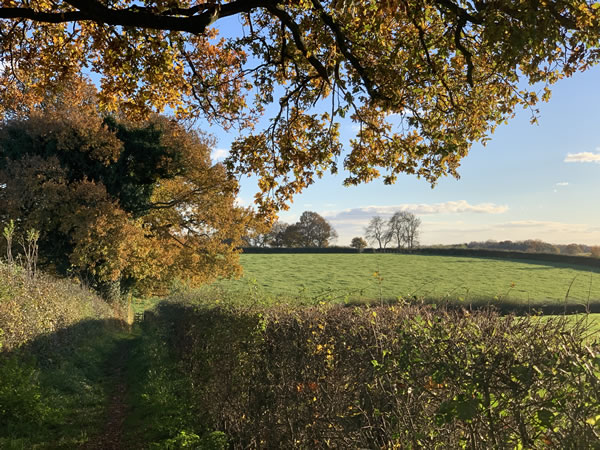- Details
- Written by: J C Burke
- Hits: 5674
 At this time of year after 'excessive and continued' rains, several major Rivers are prone to breaching their banks. Especially the Trent around Derby and the upper reaches of the Thames. The accepted flood plain regions. However, this is a result of the river basin in total - and thus we need to look further upstream to see how this 'inundation' has developed.
At this time of year after 'excessive and continued' rains, several major Rivers are prone to breaching their banks. Especially the Trent around Derby and the upper reaches of the Thames. The accepted flood plain regions. However, this is a result of the river basin in total - and thus we need to look further upstream to see how this 'inundation' has developed.
Many commentators speak of problems with 'dredging and clearing waterways', sure this will {update- probably NOT[1]} help - but a major contributory factor has been overlooked, and something that was so common in the past that these so-called floods rarely occurred. This is the buffering aspects 'upstream' due to woodlands and hedges on our hill sides - to slow down the dumping of water within the water course(s). This is echoed, nicely with the extracts below from Erica Gies - who is advocating for a "Slow Water Movement"
Over the years, due to the partial 'industrialisation' of farming {as a business - rather than as custodians of the land} we have witnessed the removal of hedges, woodland strips, woodlands and other aspects that contributed to keeping water within the land itself. The fields that the farmers are utilising have become appreciably larger - by the removal of hedge-rows and woodland strips.
However research shows that this policy of "enlargement" carries additional risks in terms of rainfall interception: See full Research Here - CLICK
"Hedgerows can intercept a substantial fraction of the rainfall that would have fallen onto their projected ground area without their presence. The interception loss in two hedgerows in southern England was found to be 50–60% of gross rainfall in the summer and 40–50% of PG in the winter if related to projected ground area. In regions with climates characterised by high windspeeds, wind-driven rainfall plays a major role in the hydrology of hedgerows."
"A rainfall shadow of a width similar to the height of the hedgerows is found downwind of them and some rainfall concentration can occur near their upwind edge. The analytical model of rainfall interception (Gash, 1979), which was previously used for extensive forests, can be parameterised for hedgerows and reliably predicts their interception loss on the basis of daily rainfall data."[2]
These intercept number are highly significant - 50% of the rainfall. Therefore without these hedgerows that rainfall is draining from the land and into the water courses - and onto our Rivers. The situation with multiple hedgerow removal has to be considered too.
[1] Slow Water Down - not Speed it up! The slow water movement is about empowering individuals and communities, as well as governments, to help restore earth’s water cycles. Here is Erica Gies website where you can find out more. https://slowwater.world See the Read More Section too;
[2] Measuring and Modelling the Rainfall Interception Loss by Hedgerows in Southern England: Mathias Herbst, John M. Roberts, Paul T.W. Rosier, David J. Gowing: The Open University, Department of Biological Sciences: Received 9 June 2006; received in revised form 22 September 2006; accepted 23 October 2006.
